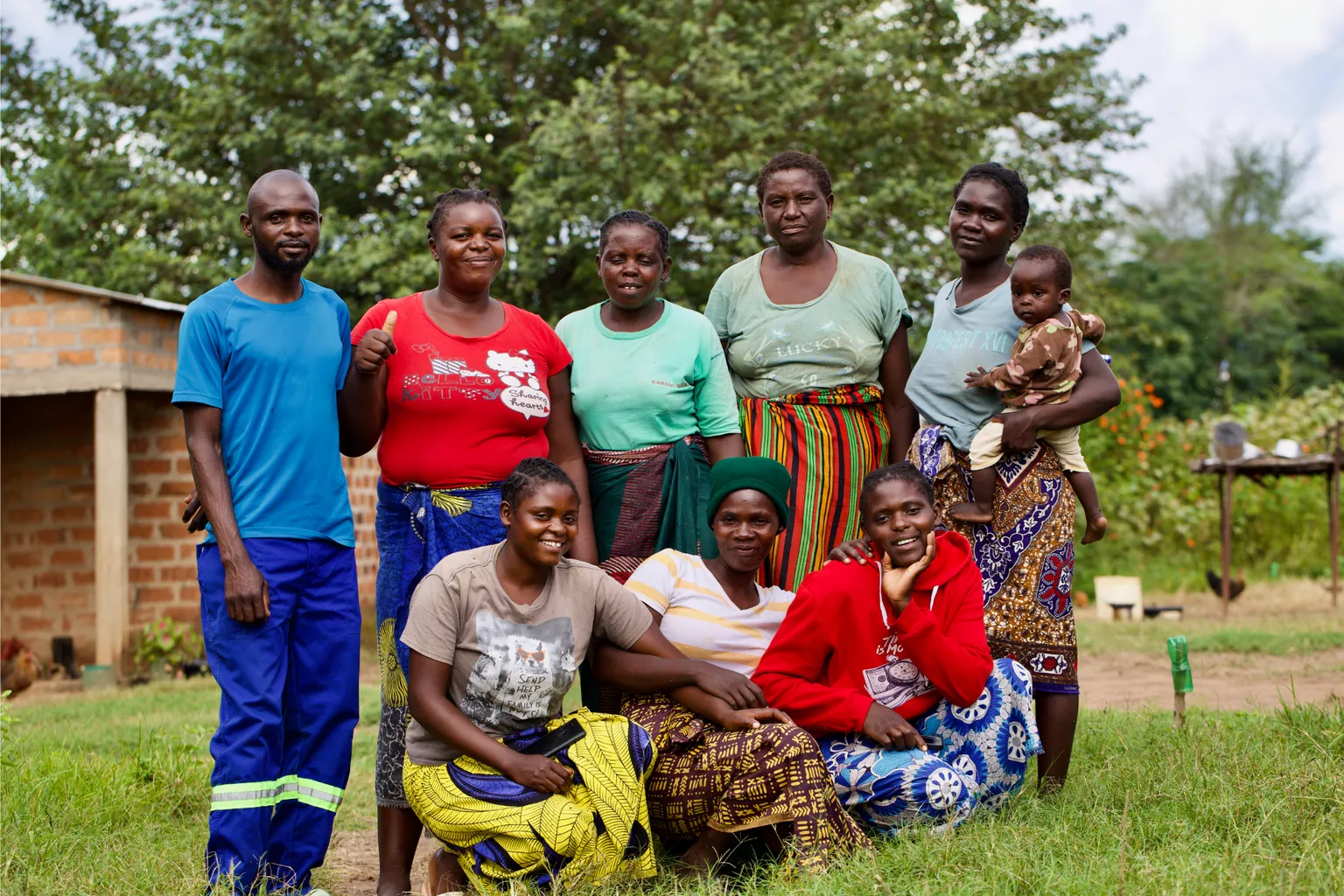3 Things you need to know about youth inclusion and economic opportunity in Zambia

Africa’s greatest asset is its youth. With the continent’s youth population expected to double to over 830 million by 2050, the opportunity to harness this demographic for inclusive economic transformation is immense. Yet, the promise of this potential remains largely untapped. Each year, between 10 and 12 million young people enter the African job market, but only around three million formal jobs are created. As a result, two-thirds of youth are either unemployed, underemployed, or working in precarious conditions.
This is more than a youth issue—it’s an economic imperative. According to the African Development Bank Group, increasing youth employment can significantly boost GDP and national economies. But that requires going beyond job creation. It means transforming systems to ensure young people can access the skills, market opportunities, and support they need to thrive, and matching those skills with the opportunities created.
In Zambia, the Youth Employment and Entrepreneurship (YEE) project, implemented by SNV and its partners, is one example of this shift. The project targets structural barriers to employment and enterprise development and prioritises gender equality and social inclusion, to help young people enter the labour market and contribute meaningfully to their communities and the economy.
Here are three key takeaways that show how youth inclusion is already taking root—and where more support is needed to address the mismatch between skills, market demands, and opportunities.
1. Youth are already taking initiative, but systems must catch up
From launching small businesses to learning new skills online, many young Zambians are already forging their own economic pathways. But despite this drive, too many face barriers rooted in unequal access to education, capital, and networks.
While access to education in Zambia has improved significantly in recent years, a 2023 World Bank report found that nearly 60% of young Zambians aged 15–24 are not in employment, education, or training (NEET)—a clear sign that many are still being left behind in the transition from learning to earning.
Projects like YEE Zambia are addressing this by targeting individuals and systems. The project works across sectors, bridging education, agriculture, entrepreneurship, and the private sector, to build an inclusive, relevant, and sustainable ecosystem. It reflects the ambition of SDG 4 (Quality Education) and SDG 8 (Decent Work and Economic Growth) by embedding skills development in real-world contexts and creating viable economic opportunities.
Crucially, YEE brings together youth organisations, local governments, training institutions, and families to co-design solutions. Because when systems include youth voices and reflect their realities, they are more likely to create lasting change.
2. Zambian youth are turning ideas into action and leading the way
Across Zambia, young people are stepping into leadership roles, sometimes without even realising it at first.
Trevor Siafunda, a young man from Nagoma District, used the support he received from the YEE project to start an organic farm. With access to training and inputs, he began growing vegetables and raising chickens. Soon, his income improved, and his confidence grew alongside it.
Now I can feed my family, and even sell to others. I feel like I have a purpose.
Trevor Siafunda
Trevor didn’t stop there. The 30-year-old trained other young people in organic farming techniques and was later elected as a councillor in his community. Today, he continues to advocate for the needs of youth and inclusion in local decision-making.
Joyfree Mpande, a young mother from Mpongwe District, began her journey through beekeeping. She reinvested her earnings into vegetable farming and livestock, becoming financially independent and a provider for her household.
“I used to rely on others, but now I make my own income,” she said.

Through a model that combines technical training, mentorship, and market access, stories like these show that when young people are equipped with the right tools, they don’t just uplift themselves—they create ripple effects that benefit entire communities.
3. Youth inclusion is a catalyst for economic growth
Youth inclusion is not just a moral imperative—it’s a smart economic strategy. Young people drive innovation, productivity, and resilience; when they are supported to participate fully in economic life, the country benefits. According to the African Development Bank, if properly harnessed, Africa’s growing working-age population could significantly increase productivity and promote stronger, more inclusive economic growth. But to do that, countries need to address the skills mismatch and systemic barriers that many youth—especially young women—face.
In Zambia, the YEE project is targeting 20,100 un- and underemployed youth across 22 districts in five provinces: Central, Southern, Eastern, Northern, and Northwestern. The project focuses on building employability and long-term resilience by integrating training in climate adaptation, digital skills, food systems, and entrepreneurship.
Yee Zambia also invests in scalable, youth-led enterprises, linking them to local markets and providing tailored business development services. This approach enables young people to diversify their livelihoods, grow their ventures, and create opportunities for themselves and others in their communities.
With an intentional focus on gender equality and social inclusion (GESI), the project ensures that young people from marginalised backgrounds are not left behind.
For Zambia—and the continent—the choice is clear: when youth are supported to thrive, everyone benefits.
When young people are economically included—as leaders, entrepreneurs, and decision-makers—they unlock opportunities for more inclusive and resilient economies. Zambia’s youth are already demonstrating what’s possible.
The potential is clear. What’s needed now is commitment to scale youth-led models, break down systemic barriers, and build economies that leave no one behind.